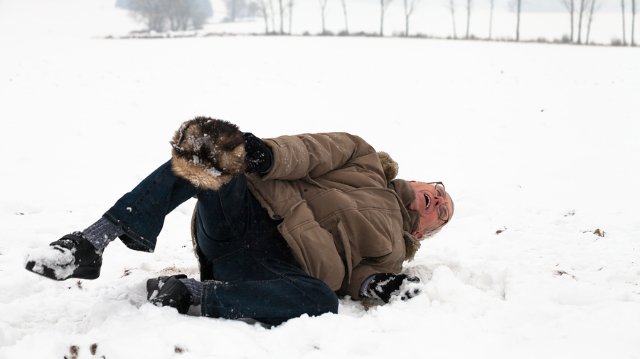
Although falls in the elderly result in nearly one million hospitalizations and tens of billions in healthcare spending each year, many people are still not properly informed about the scope of the problem or what they can do to address it. This gap in knowledge has been the motivation behind Fall Prevention Month, which is put forth every year during the month of September. The primary goal of the campaign is to boost awareness about the many dangers of falling with educational resources and guidance on what can be done to manage this risk. To do our part in helping these efforts, the focus of this month’s posts will be on why falls occur and what you can do to reduce your risk.
Getting the facts about falls in older adults
If you’re wondering just how common falls are and their associated costs, the statistics below should help to put matters in perspective:
- Falls are the leading cause of non–fatal injuries responsible for hospital admissions and death in older adults
- One out of every three adults over the age of 65 and one of every two adults over 85 will fall at least once each year
- Every 11 seconds, an older adult is treated in the ER for a fall, and every 19 minutes, an older adult dies due to a fall
- This equates to approximately 2.8 million visits to the ER, more than 800,000 hospitalizations, and 27,000 deaths each year
- Falls are among the 20 most expensive medical conditions in the U.S., with the yearly costs of fall–related injuries estimated to be about $50 billion
- About 20–30% of falls cause moderate to severe injuries that have a significant impact on one’s functional mobility and independence
- The death rate associated with falls for seniors increased by 30% from 2007 to 2016
- Less than half of those who experience a fall tell their doctor about it
Common consequences of falls
Fractures are by far the most serious consequence of falls, with hip fractures occurring most frequently and posing the biggest threat to older adults. In the senior community, an astonishing 95% of hip fractures are caused by falls, and more than 300,000 adults over the age of 65 are hospitalized for this type of injury every year. Other common fractures include the spine, arm, forearm, leg and ankle, and the risk for these increases even more when osteoporosis—also common in older adults—is present.
Hip fractures are particularly devastating because of their impact on mobility, as many older adults struggle to recover or regain their prior level of function afterwards. Surgery is also needed for many patients, which is associated with additional risks. Sadly, older adults have a 27% risk of dying within one year if they fracture their hip.
If a fall does occur, many individuals go on to develop an even greater fear of falling, even if they’re not injured. This can cause them to limit their activities, which leads to reduced mobility and loss of physical fitness. Worst of all, this process can develop into a vicious cycle that further raises the risk for falling due to these changes.
Red flags that suggest an increased risk for falling
Falls occur due to a combination of individual and environmental risk factors, many of which become increasingly common in older age. These risk factors can be seen as red flags, and the greater the number of red flags present, the higher that individual’s risk for falling. Here are some of the most important red flags to be aware of:
- Having had a fall in the last six months
- Taking four or more prescription or over–the–counter medications daily
- Having trouble walking or standing
- Using a cane, walker, or crutches, or needing to hold onto things when you walk
- Needing to use your arms to help you stand up from a chair
- Periodically feeling unsteady, weak, or dizzy when standing
- Not having had an eye exam in more than two years
- Having a hearing problem or progressively worse hearing
- Exercising less than two days—for at least 30 minutes—per week
- Drinking any amount of alcohol every day
- Having more than three chronic health conditions (like heart or lung problems, diabetes, high blood pressure, or arthritis)
If two or more of these red flags applies, you or a loved one may be at an increased risk for falling. But the good news is that there are several changes you can take to mitigate this risk and keep you or your loved one safe. We’ll explore some of these in our next few posts.
